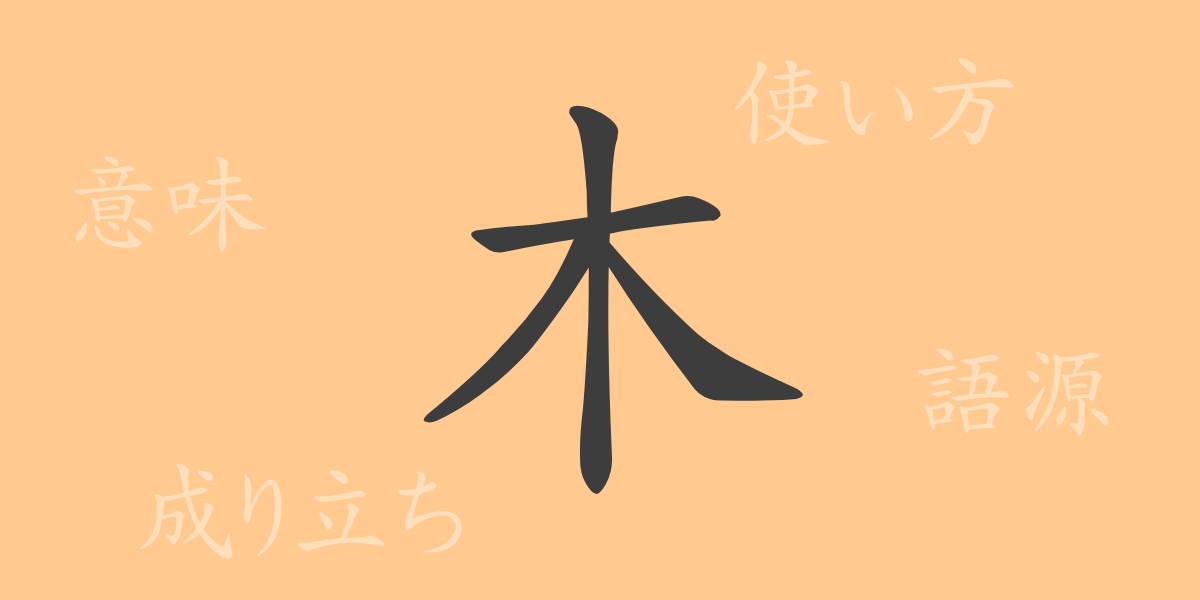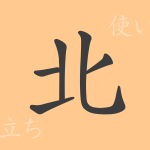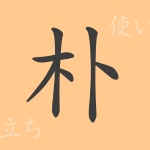The presence of “木” (ki) in Japanese culture and language goes beyond being a mere part of nature; it is deeply rooted in people’s lives and philosophies. This article delves into the profound world of the 常用漢字 (jōyō kanji) “木” (ki), exploring its etymology, modern usage, and even idioms and phrases that incorporate it. Join us on a journey to uncover the richness of the character “木” (ki) and reaffirm its significance in the Japanese language.
The Etymology of 木 (ki)
The character “木” (ki) originates from ancient Chinese pictographs. As a pictogram representing a single tree, it mimics the appearance of a tree with branches and roots. Over time, this simple yet powerful pictograph evolved into the modern kanji “木” (ki). Historically, this character has been used not only to represent wood and trees but also as a symbol of growth and life.
The Meaning and Usage of 木 (ki)
“木” (ki) is directly used to refer to trees or wood, but metaphorically, it also represents concepts such as life, growth, and stability. In the context of Japan’s culture of appreciating the four seasons and nature, “木” (ki) is also spoken of as an essential element that evokes the changes of the seasons.
The Reading, Stroke Count, and Radical of 木 (ki)
As one of the 常用漢字 (jōyō kanji), “木” (ki) is one of the first kanji that young children learn due to its simplicity and familiarity.
- Reading: In 音読み (on’yomi), it is read as “ボク” (boku) or “モク” (moku), and in 訓読み (kun’yomi), it is read as “き” (ki) or “こ-” (ko-).
- Stroke Count: “木” (ki) consists of four strokes.
- Radical: The radical of this kanji is 木部 (kibū), and it serves as a radical itself.
Idioms, Phrases, and Proverbs Using 木 (ki)
The Japanese language is rich with idioms, phrases, and proverbs that include “木” (ki). These expressions stem from the cultural background of Japanese people’s reverence for nature and the symbolic vitality and stability of trees.
For instance, the proverb “木を見て森を見ず” (ki o mite mori o mizu) means focusing too much on details and losing sight of the whole. The idiom “木陰” (kokage) literally means the shade of a tree, symbolizing coolness and tranquility. Additionally, the phrase “根を張る” (ne o haru) describes the act of something firmly taking root, or a person deeply settling into a place.
Conclusion on 木 (ki)
The kanji “木” (ki) holds a variety of meanings and usages in the Japanese language. Far from being just a part of nature, “木” (ki) influences people’s lives and values, making it an indispensable element of Japanese culture. Through this article, we hope readers can appreciate the rich meanings of “木” (ki) and the world of words it weaves.

























